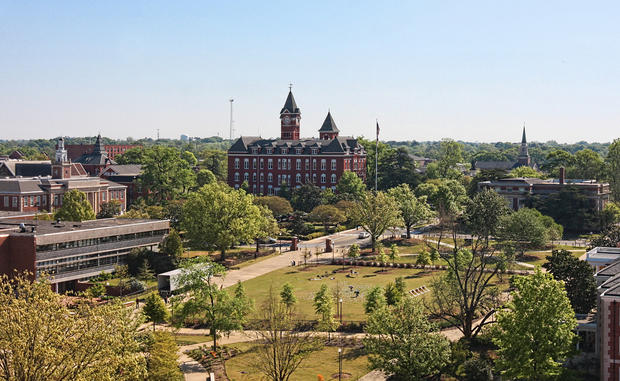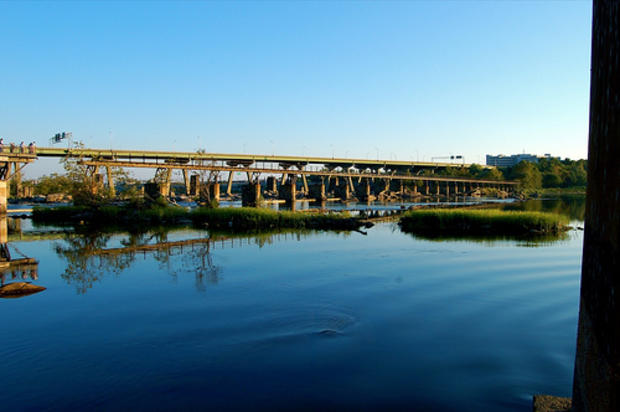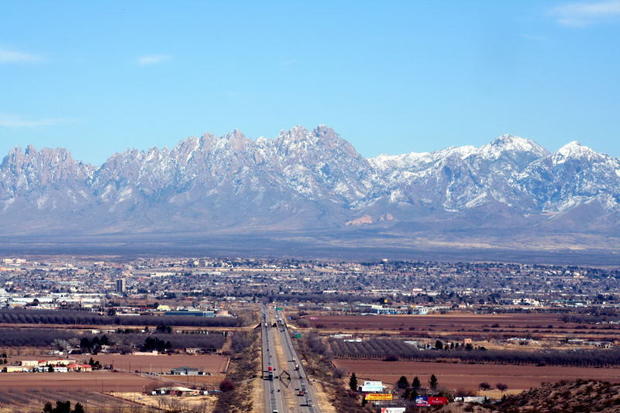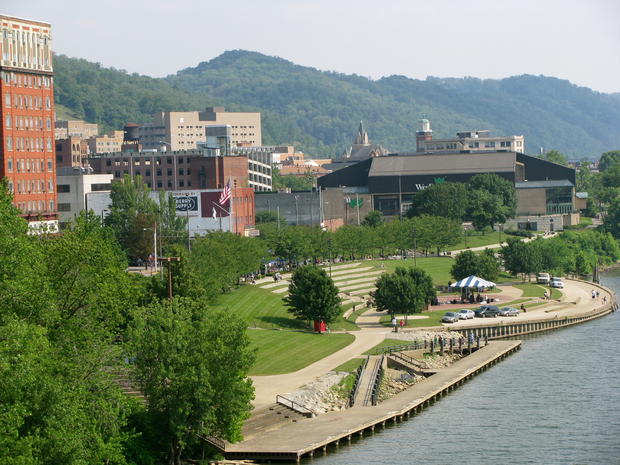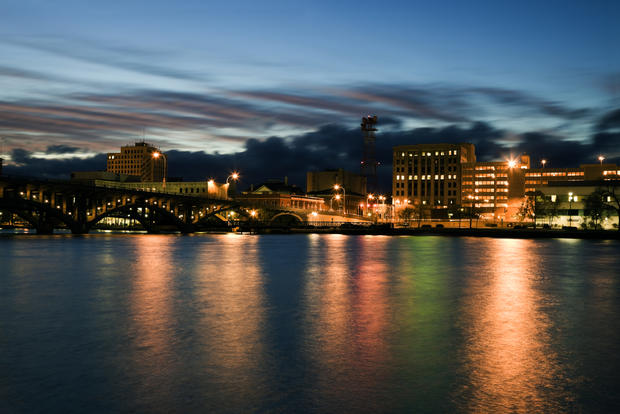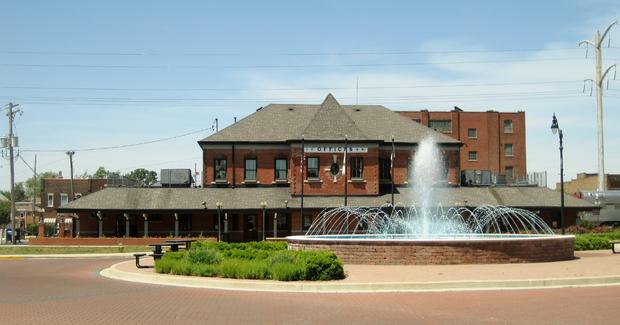10 cities that may not make it back from the crash
(MoneyWatch) You can sum up the U.S. real estate market this year in one word: recovery.
Across the nation as a whole, prices have grown by more than 10 percent, and double or even triple that rate in some regions. Some of the hardest-hit states -- California, Florida, Nevada -- are also growing the fastest. Even cities like Modesto, Calif., were real estate prices went off a cliff during the housing crisis are coming back. Although home prices in Modesto are down 49 percent from their pre-crash peak, they have grown 30 percent from this time last year.
But not every town and city is on the comeback trail. At the other end of the spectrum, there are places like Farmington, N.M. Home prices there plunged 20 percent from their peak during the meltdown and are up only 0.03 percent this year. At that rate, it would take centuries for the city's housing market to recover. The reality is that homeowners in the city may never recoup their losses.
- Can your home make you healthier?
- 5 home improvement projects that should add value--but don't
- Where are home prices headed this fall?
And Farmington is in better shape than the communities around the country on this list, which have yet to show any signs of rebounding from the meltdown. Using data compiled for CBSNews.com by real estate analytics provider CoreLogic, we looked not only at cities where home
prices have the farthest to go to climb back to their pre-bubble peak, but also where prices are
still declining.
10 cities that may not make it back from the crash
10. Steubenville, Ohio
Growth needed to match peak: 17.9 percent
Growth this year: 0 percent
Steubenville, now nationally known for a teenage rape case, is a working-class town that has struggled economically since the city's steel mills closed down. A shale gas boom has the potential to boost economic growth in the area, but it has to yet to take off.
10 cities that may not make it back from the crash
9. Auburn, Ala.
Growth needed to match peak: 19.5 percent
Growth this year: -2.3 percent
Auburn is known as the home of Auburn University, whose students and faculty make up nearly half the town. Although home prices tumbled across Alabama during the housing crash, Auburn's population is growing. That could eventually stir enough demand to revive the local housing market.
10 cities that may not make it back from the crash
Growth needed to match peak: 20.2 percent
Growth this year: -0.2 percent
Most of America's southwest saw a steep drop in home prices after the housing bubble popped, especially Phoenix and Las Vegas. New Mexico's largest city is no exception. But while its counterparts in Arizona and Nevada have seen double-digit growth in home prices during the recovery, the housing market in Albuquerque remains in a funk.
10 cities that may not make it back from the crash
7. Vineland-Millville-Bridgeton, N.J.
Growth needed to match peak: 21.1 percent
Growth this year: -2.2 percent
These midsize towns on the southern edge of New Jersey, located halfway between Philadelphia and Atlantic City, are still reeling from the housing collapse. Prices throughout the state also remain deflated, growing only 4.1 percent over the last year, compared to 12.4 percent nationally, according to CoreLogic.
10 cities that may not make it back from the crash
6. Danville, Va.
Growth needed to match peak: 23.2 percent
Growth this year: -0.5 percent
A small town located on the border of Virginia and North Carolina, Danville's home prices are sinking, and so are its population. The exodus wasn't caused only by the housing crash. More than a quarter of the town's residents have left since the 1980s, according to Census estimates.
10 cities that may not make it back from the crash
5. Bangor, Maine
Growth needed to match peak: 23.9 percent
Growth this year: -1.4 percent
Bangor is still working through the rash of foreclosures that followed the housing crash. That is dragging down home prices in the area. Take distressed properties out of the data, and Bangor is almost back on track.
10 cities that may not make it back from the crash
4. Las Cruces, N.M.
Growth needed to match peak: 31.2 percent
Growth this year: -0.1 percent
Las Cruces is growing, so it may just need a little more time before residents see real estate gains. Home prices were growing earlier this year before dipping more recently. Still, the city has a long way to go before it gets back to its peak prices.
10 cities that may not make it back from the crash
3. Wheeling, W.V.
Growth needed to match peak: 31.4 percent
Growth this year: -9 percent
Wheeling is another town dealing with a lot of foreclosures. Take distressed properties out of the mix and home prices have actually grown, not fallen, around 9 percent this year. More troubling is the city's shrinking population, so it may be a long time before prices fully recover.
10 cities that may not make it back from the crash
2. Rockford, Ill.
Growth needed to match peak: 31.5 percent
Growth this year: -3 percent
Residents of two cities in Illinois have the bleakest prospects of seeing home prices rebound. The state's high unemployment rate is the biggest factor restraining prices. At the peak of the recession, Rockford's jobless rate shot up to a whopping 20 percent unemployment rate, and it remains high at around 10 percent.
10 cities that may not make it back from the crash
1. Kankakee, Ill.
Growth needed to match peak: 39.2 percent
Growth this year: -3.5 percent
Kankakee faces a similar problem as Rockford, Ill. The population is stagnant and its unemployment rate hasn't been below 10 percent since mid-2008. Even selling the city's many foreclosed properties is unlikely to boost home prices much. Unless the city sees a serious economic turnaround, it will be nearly impossible to recover that 39 percent drop in home values.


